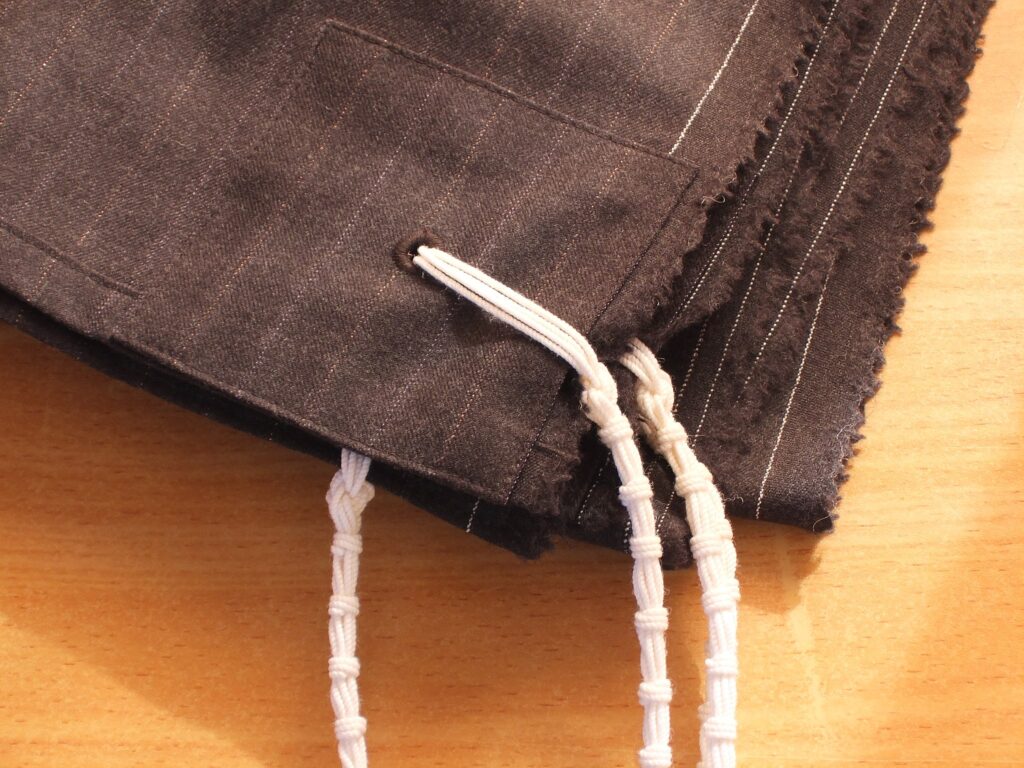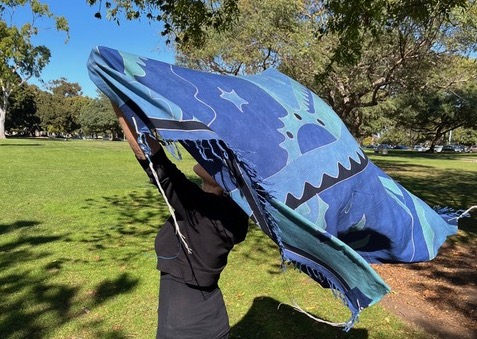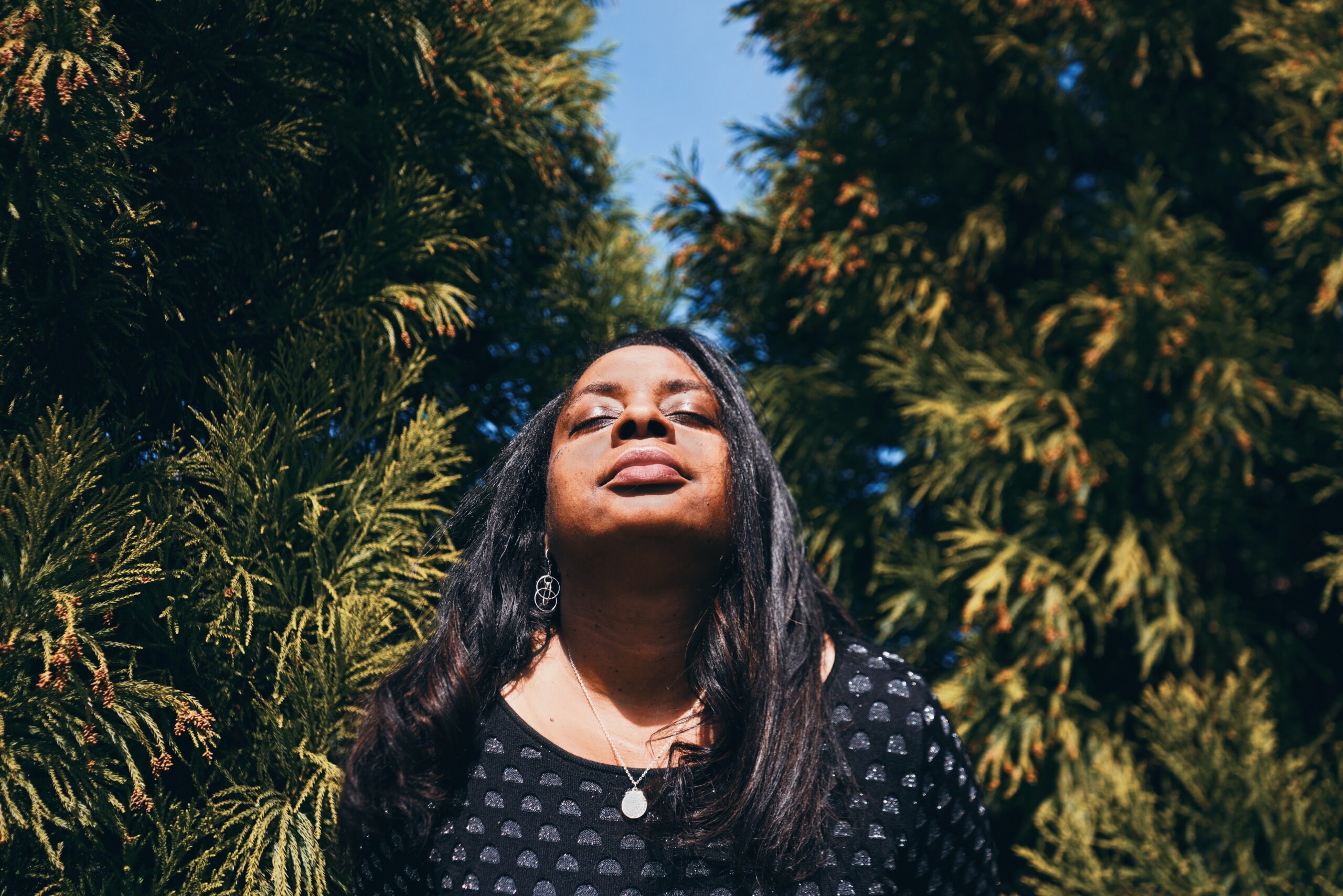The child is wrapped in a tallit.
It is a sedimentary process,
each wrapping a layer through years to come.
The adult,
the sum of those wrappings,
encrusted with time, places, people.
And seeing the tzitzit,
will remember to remember
moments like leaves
which live to fall to the forest floor of memory.
Other communities, keeping faith,
in a single time, in a single moment,
in other rooms.
Other communities,
swaying to the same rhythms,
same songs, same seasons, joys, sorrows.
All this exists in the moment, unseen.
The child steps from the periphery to the bimah,
is ringed by the attendants of the Torah,
behind them, the Ark,
surrounded by this community
to be gathered to its breast.
The child presses the tzitzit to the Torah.
In that act,
sinking to its most profound depths,
the child reaches through to touch an eternity,
constructed and constructing,
the child touches there
the writing hands,
the praying hands,
the past,
the future.
Used by permission of author












